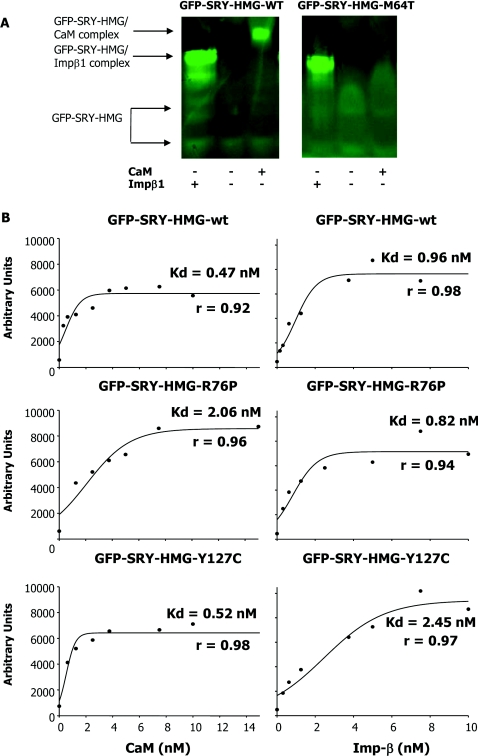Figure 5. Sex-reversing mutations in the CaM-NLS specifically impair binding to CaM, but not Impβ1, as shown using native PAGE and AlphaScreen® assays.
(A) A native PAGE gel mobility-shift assay (see the Materials and methods section) for Impβ1 and CaM binding to GFP–SRY-HMG WT and M64T mutant was performed, where GFP–SRY-HMG (1 μM) was incubated in the absence and presence of Impβ1 (1.5 μM) and CaM (6 μM) in the presence of Ca2+ (2 mM) for 20 min at room temperature, and then fluoroimaging was performed subsequent to PAGE (see the Materials and methods section). Results are shown for a single typical assay from a series of two similar experiments. (B) AlphaScreen® assays were performed as described in the Materials and methods section. Results are shown for a single typical experiment (pooled data are shown in Table 2), with the apparent dissociation constants (Kd) indicated for binding of biotinylated CaM (left) or biotinylated Impβ1 (right) to SRY-HMG (WT and mutants). Results for regression analysis (r value) for the accuracy of the curve fitting are presented in all cases.

